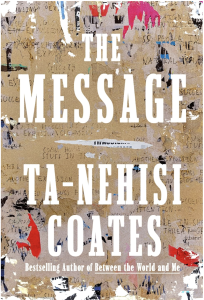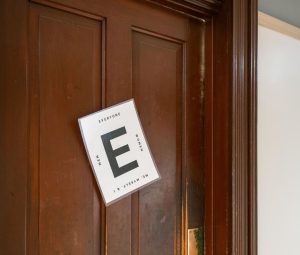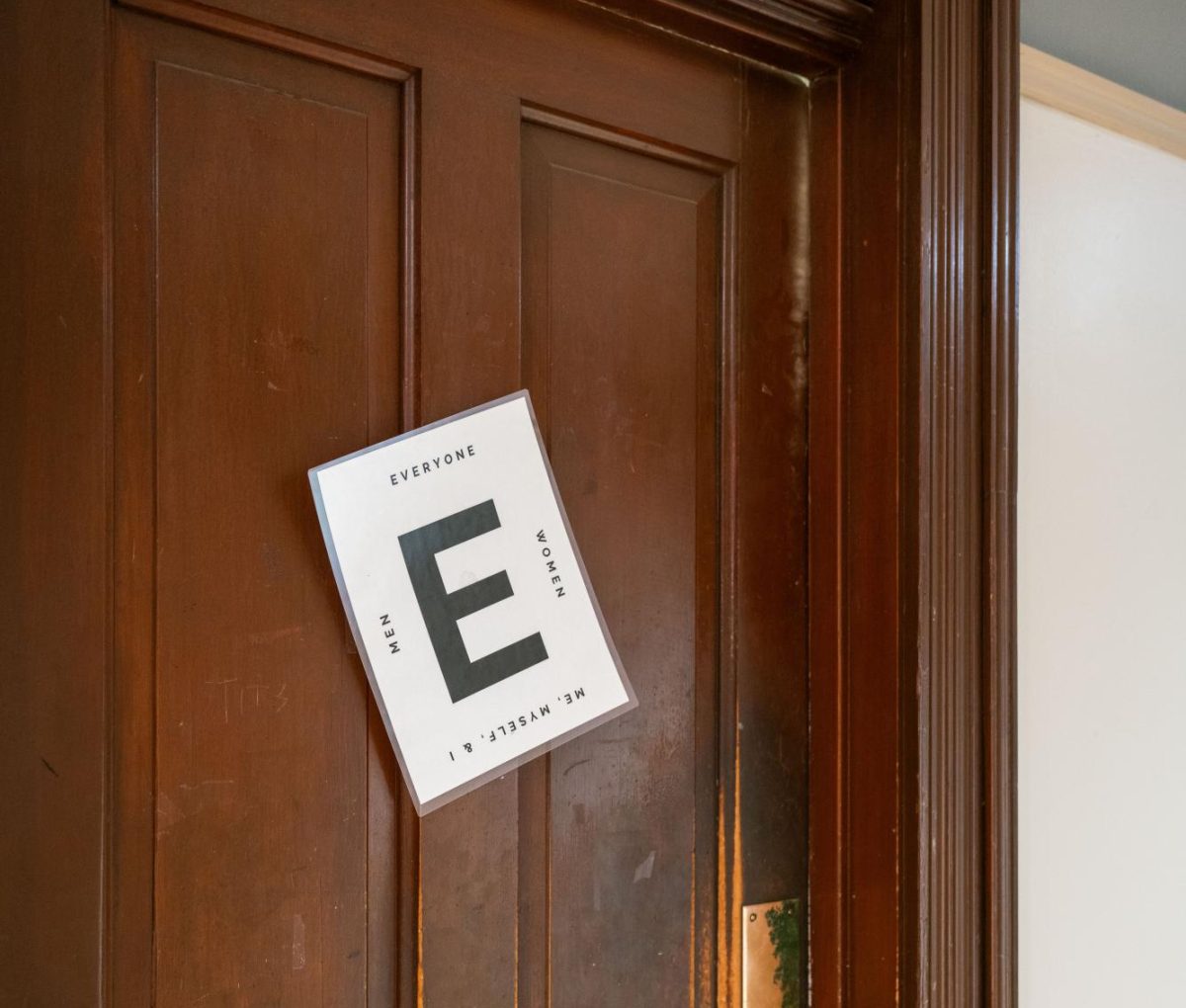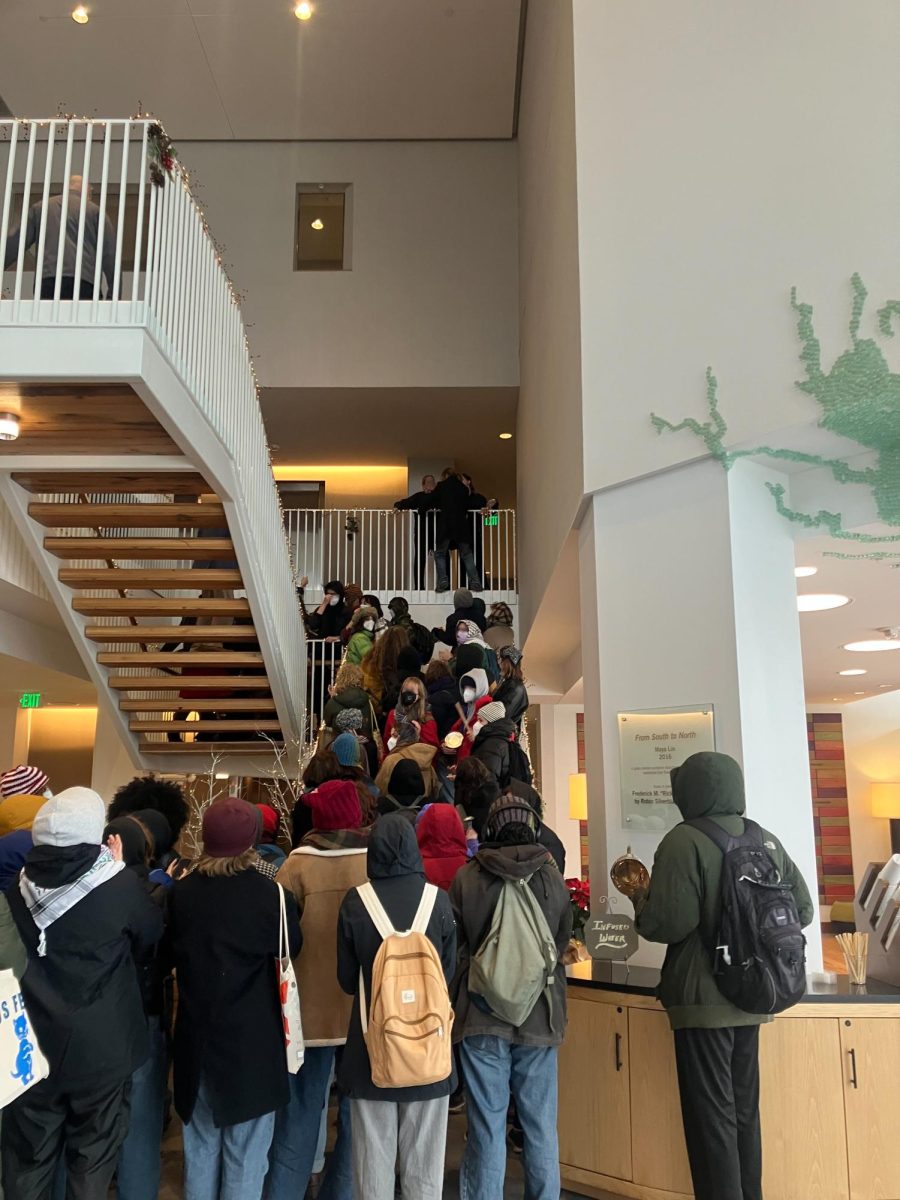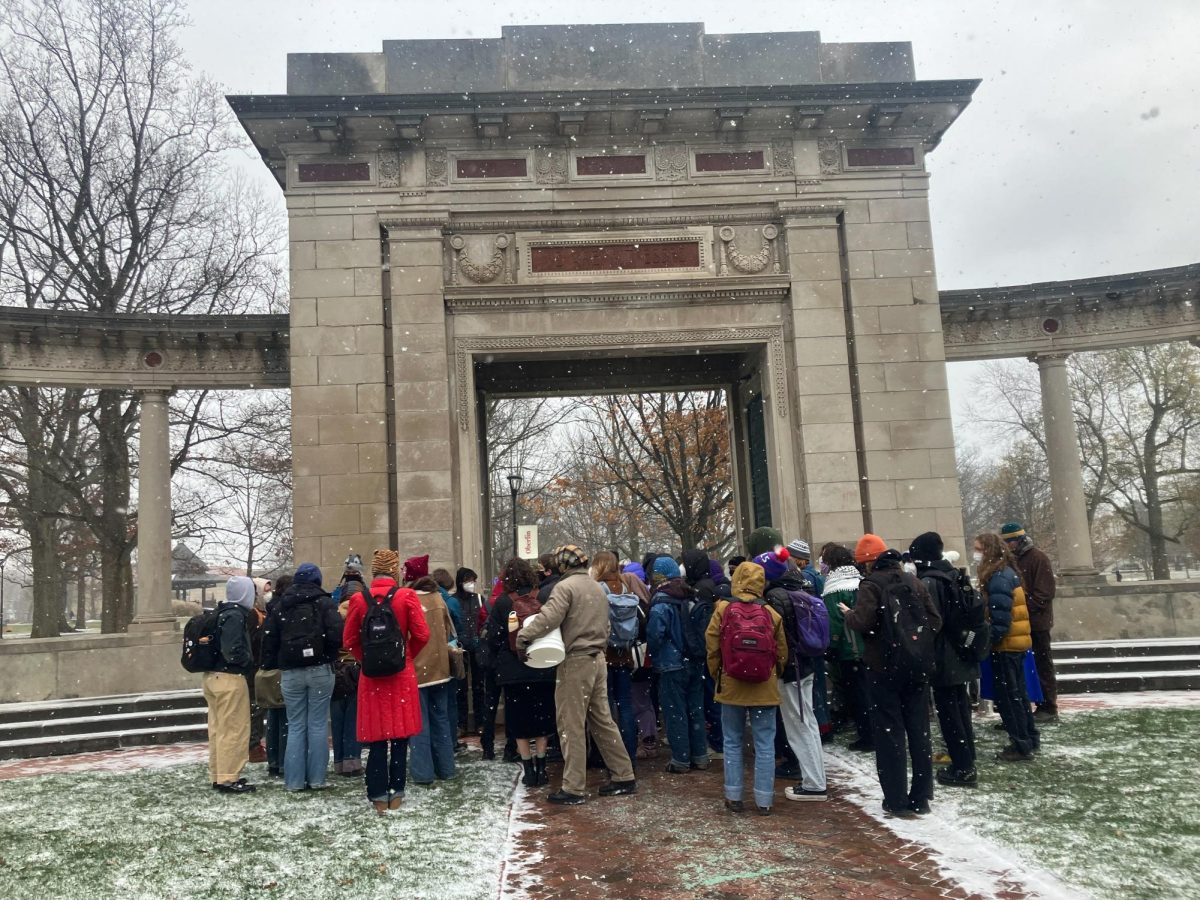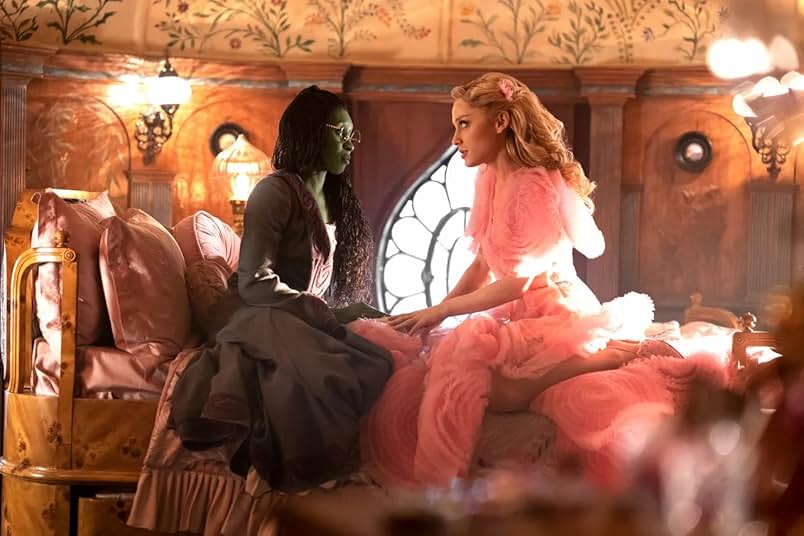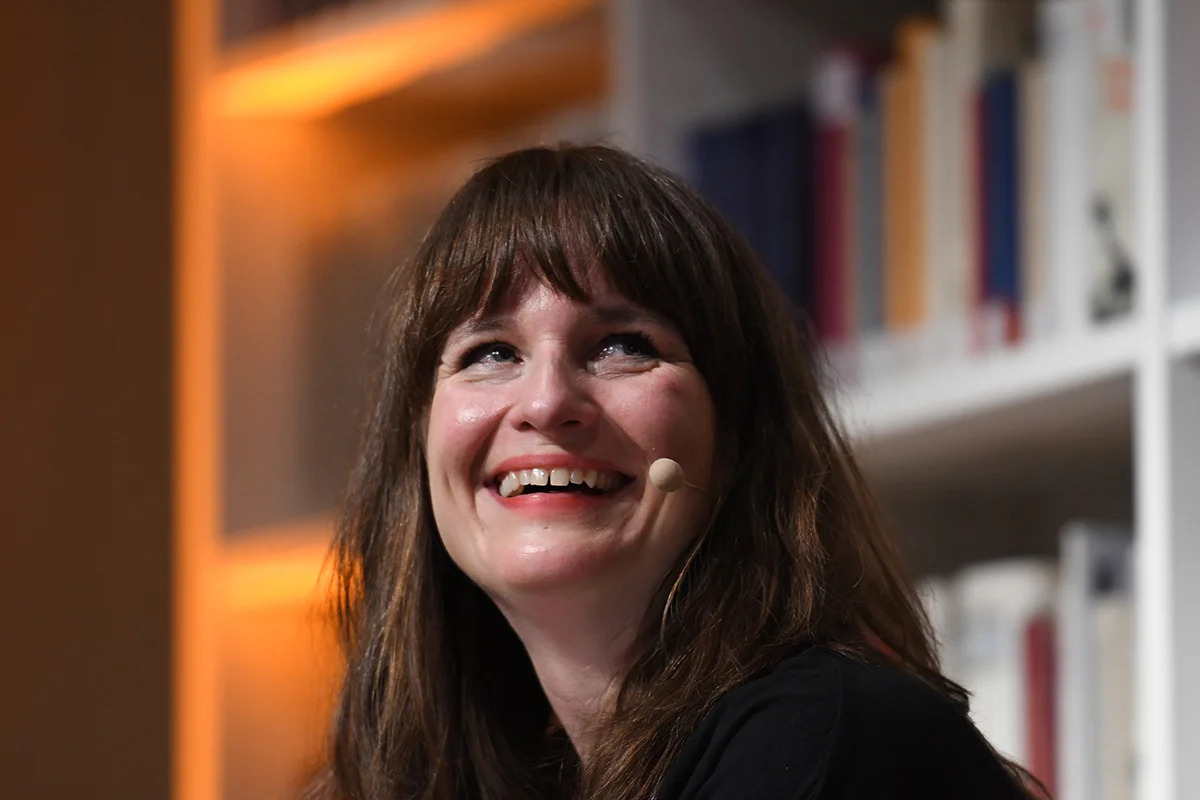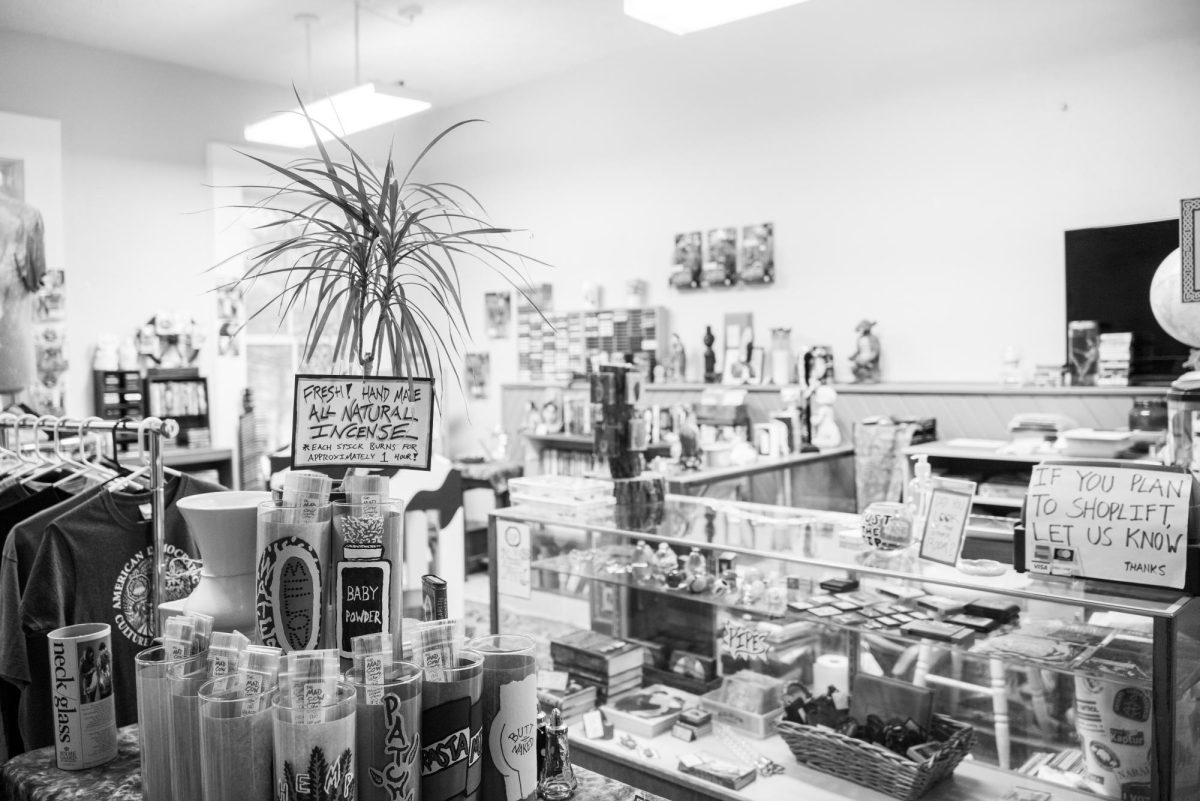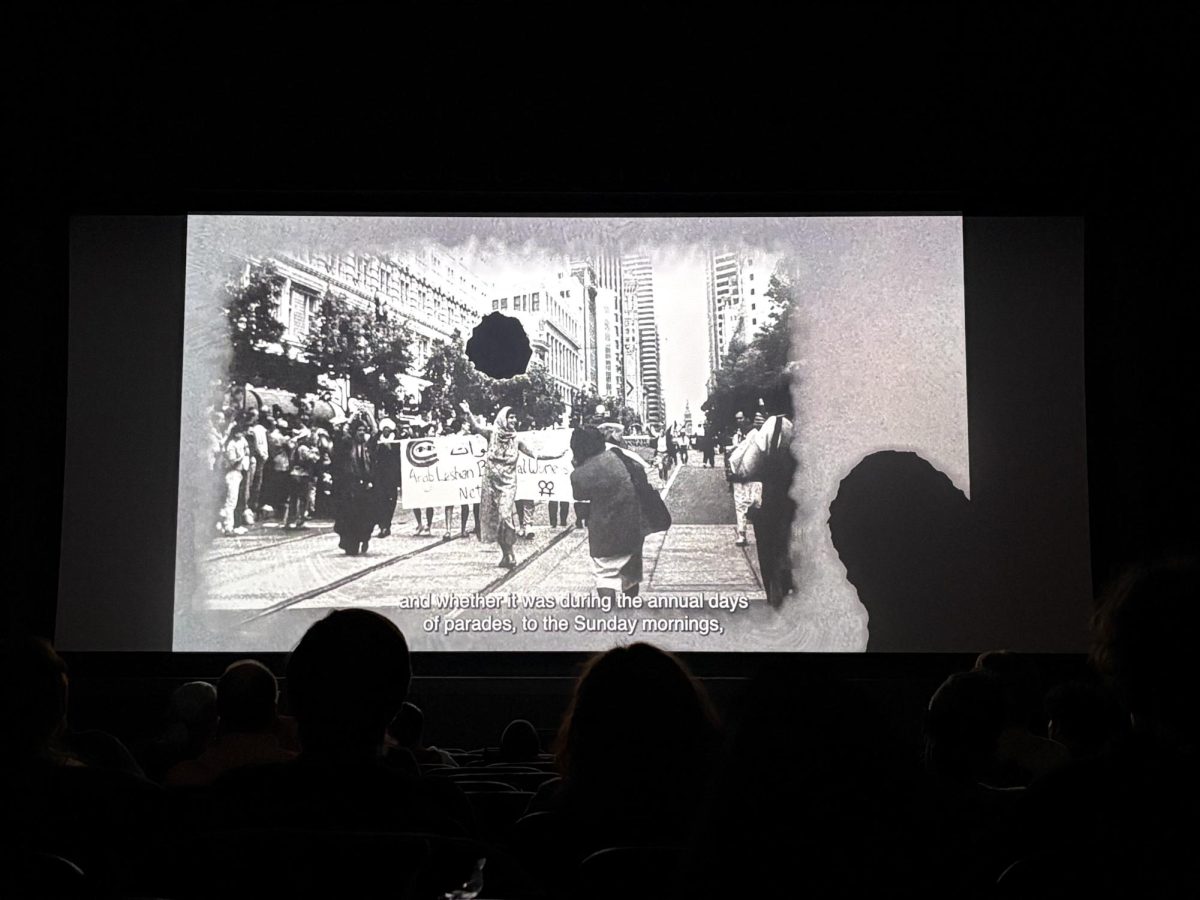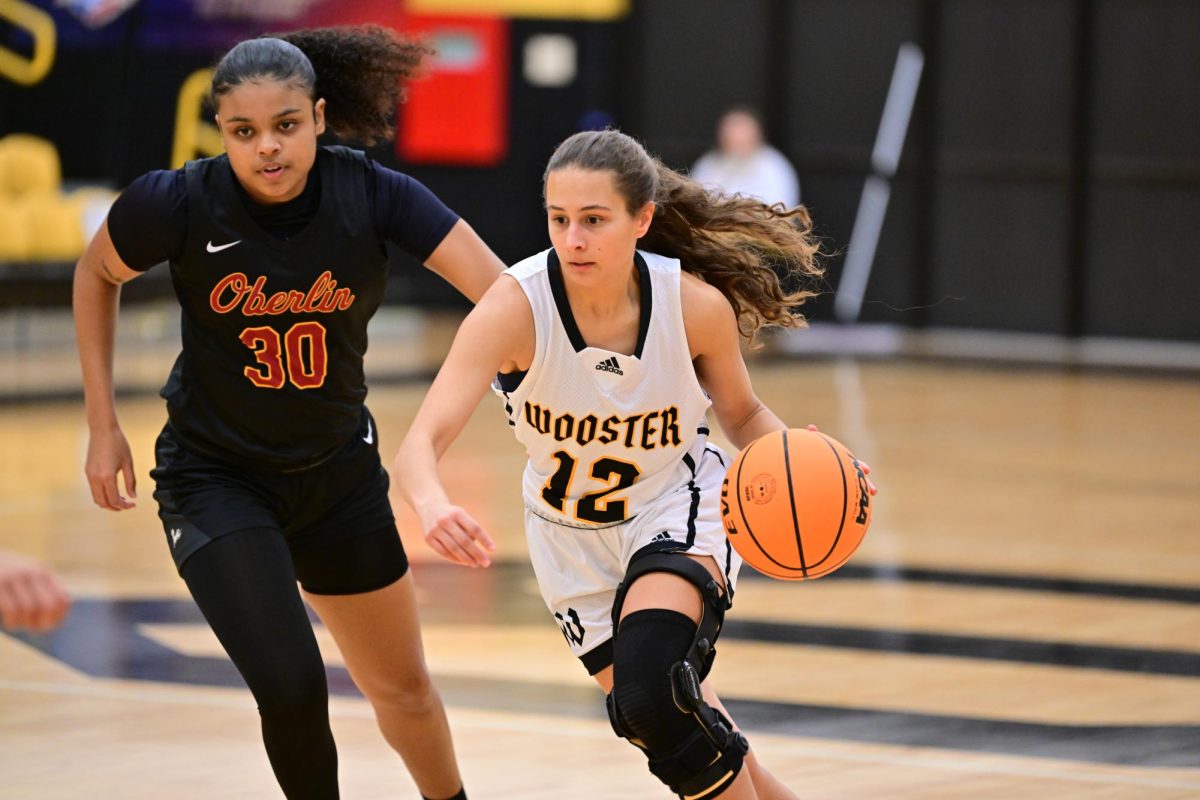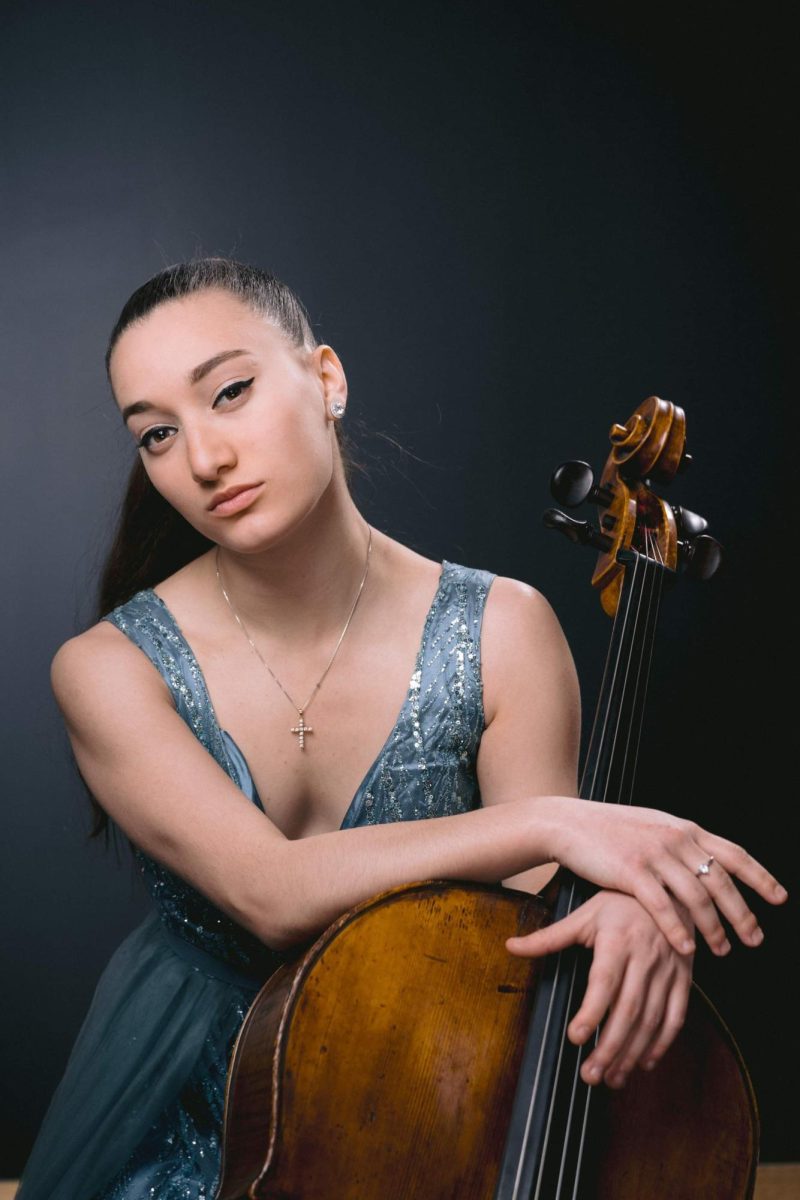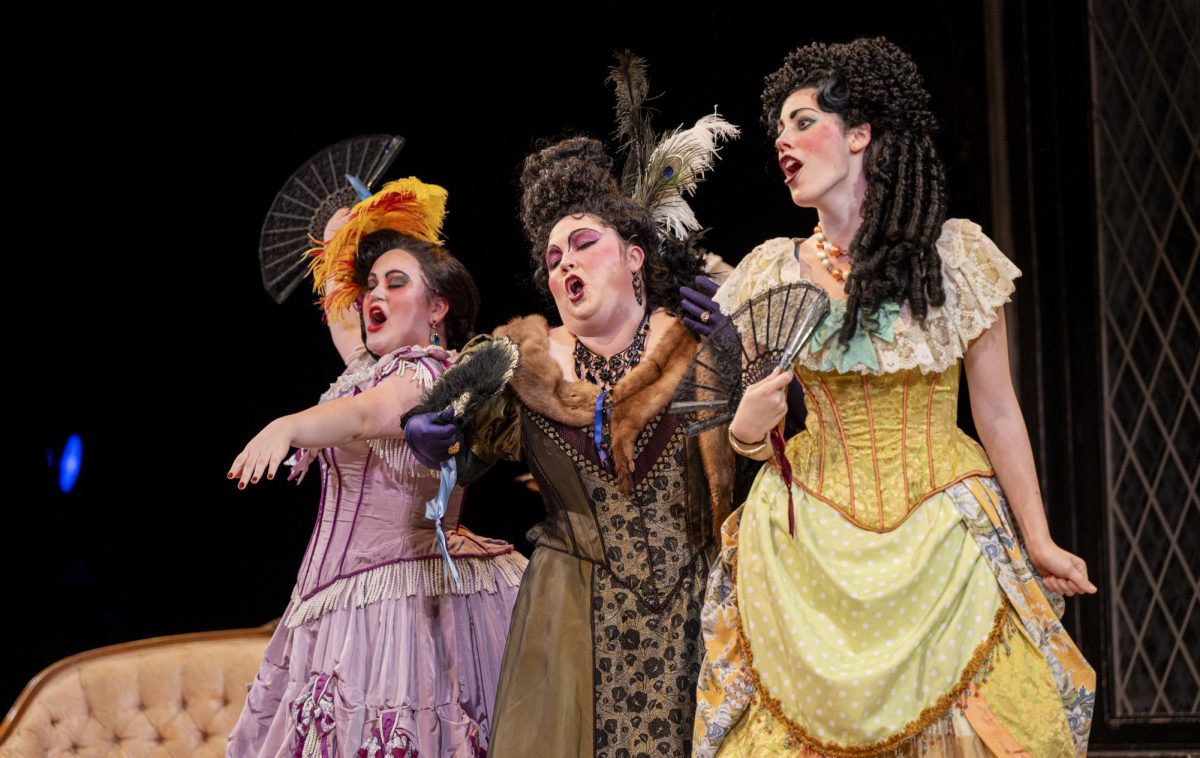Newman Takes Over Art Installation Show This Spring
March 13, 2015
Few who are familiar with Oberlin would doubt its commitment to the arts. Not only does it boast the Conservatory, which hosts more musicians and more talent than some cities, let alone schools, but also many students in the College who play instruments, act, sing, dance, paint and create art with any combination of those media. And yet, in spite of all these willing performers and the constant presence of art and music on campus, Conservatory seniors Elise Moltz and Sam Phillips-Corwin saw a gap in the community.
Moltz and Phillips-Corwin are co-founders of Zoo, an art installation project that takes place twice a year within the space of a student’s house. “I was in the Conservatory, and I realized what I wanted to do wasn’t necessarily music,” Moltz said. Moltz and Phillips-Corwin wanted to use Zoo to create a completely different environment, one that would allow for collaboration and exist as a showcase for the artists’ own visions.
“We wanted to gather people from all different buildings,” Moltz said. “We felt very isolated in the Conservatory.” Moltz and Phillips-Corwin wanted to give College and Conservatory students with different backgrounds, talents and ideas a chance to work together and create art that would be impossible to create by themselves.
Zoo begins with a general interest meeting that is open to everyone. “We are not exclusive at all,” Moltz said. “We encourage anyone who has any interest to become involved. We have an application process, but we never weed anyone out.” At the meeting, attendants are encouraged to talk to one another, meet new people and discuss their ideas. Some come with only a vague idea in mind; others bring a fully formed concept.
This evolution of the performers’ own ideas is a big part of what makes Zoo distinct from other performances on campus. It is not about pleasing professors, or even the audience — each performance is entirely up to its creators. Each of Zoo’s exhibits is often completely unrelated to the exhibits surrounding it. The setting, the rooms of a person’s house, dramatically influences the unusual show. Nobody’s desires but those of the artists have any effect on what goes on display.
“We’ve had people ravenously eating a feast in a bathroom. We’ve had graphic scores, string quartets, a lot of improvised music with dance or visual art,” Moltz said. She described an installation in which artists filmed actresses on a set that they built and then painted over the set in white. During the performance, they projected the video they had taken on the wall behind it, while putting real people on the painted set for the audience to see. The piece toyed with the idea that the audience didn’t necessarily know what was real and what was projected.
College sophomore Leah Newman, who is in charge of Zoo now that Moltz and Phillips-Corwin have taken a step back in their senior years, described a piece she participated in last semester called “Scramble Sweetie Swallow with Care.” “It took place in a kitchen and involved three other women. We were engaging with ideas of fertility and women’s role in the kitchen,” Newman said. The piece explored ideas of birth control and the notion that a woman is expected to produce children. The performers made food in the kitchen and served it to the audience and then performed a kind of skit. At the beginning of the piece they played songs that were about women depending on men; as the piece went on, it changed to house music to show that these stereotypes are not an antiquated problem but a current one.
In keeping with the idea that Zoo is for its performers, the project does not attempt to provide any cohesion for the audience. It is not about giving them one message or tailoring its experience to any one idea or concept. Attendees’ senses are overwhelmed constantly; food is served. The house is usually packed.
The chaotic vibe aside, catering to the performers’ desires rather than the audience’s does not make the experience any less enjoyable, according to Moltz. “You come in, and it’s a very relaxed vibe,” Moltz said. “It’s a pretty long event — two, two and a half hours — but it takes most of that time for any one person to see everything and experience everything. You’re in this dimly lit house, and there’s a projector here, and a guitar coming from over here, and you don’t know what’s in the basement, but people keep going down there, and you hear stomping upstairs. There’s a surprise around every corner.”


